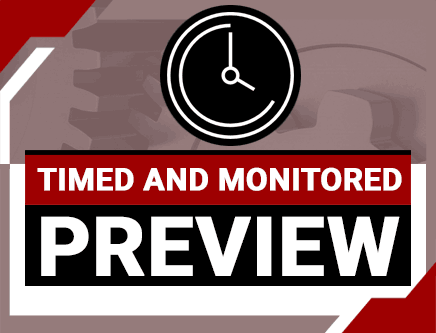HVAC Guide to Solving Condensation Problems in Buildings (Ohio Timed & Monitored)
Credit: 4 PDH
Subject Matter Expert: A. Bhatia, Mechanical Engineer
In HVAC Guide to Solving Condensation Problems in Buildings, you'll learn ...
- The necessary conditions for condensation to form
- The differences between surface condensation and interstitial condensation
- How to use the psychrometric chart to predict condensation
- Active and passive approaches for mitigating condensation issues
Overview

To meet the Ohio Board's intent that online courses be "paced" by the provider, a timer will be used to record your study time. You will be unable to access the quiz until the required study time of 200 minutes has been met.
Credit: 4 PDH
Length: 69 pages
Condensation can take place when hot air contacts a cool surface. Condensation can form on any surface such as glass, mirrors, ductwork, pipes, and other fixtures in a room, or it can go undetected when it penetrates carpets, fabrics, and any other absorbent surfaces such as wall plaster. While a bit of water might sound harmless enough, if this issue isn’t addressed, it can lead to numerous problems, including dampness, corrosion, deterioration of the building fabric (e.g., wet and stained ceilings, warping of wood, cracking of paint, spoiled furnishings or appliances), increased heating costs, growth of mold, allergies and health issues.
Because of these potential problems, the prevention of condensation on cold surfaces is of critical importance. The parameter that triggers condensation is the dew point.
This course discusses the causes of condensation, the factors influencing it, and how to best identify design conditions and select system components to prevent surface condensation.
The course provides guidance for engineers on the causes of condensation and practical ways to mitigate its formation.
Specific Knowledge or Skill Obtained
This course teaches the following specific knowledge and skills:
- The factors influencing surface condensation
- How to best identify and anticipate conditions for condensation and select system components to prevent surface condensation
- The basic psychrometric fundamentals, as well as what characteristics lead to condensation
- How relative humidity, absolute humidity, and dew point temperature are interrelated and what parameters affect moisture condensation
- The role of heating, ventilation, and dehumidification systems to control excessive moisture and condensation
- Recommendations for hot and humid climates and cold winter climates
Certificate of Completion
You will be able to immediately print a certificate of completion after passing a multiple-choice quiz consisting of 22 questions. PDH credits are not awarded until the course is completed and quiz is passed.
| This course is applicable to professional engineers in: | ||
| Alabama (P.E.) | Alaska (P.E.) | Arkansas (P.E.) |
| Delaware (P.E.) | District of Columbia (P.E.) | Florida (P.E. Area of Practice) |
| Georgia (P.E.) | Idaho (P.E.) | Illinois (P.E.) |
| Illinois (S.E.) | Indiana (P.E.) | Iowa (P.E.) |
| Kansas (P.E.) | Kentucky (P.E.) | Louisiana (P.E.) |
| Maine (P.E.) | Maryland (P.E.) | Michigan (P.E.) |
| Minnesota (P.E.) | Mississippi (P.E.) | Missouri (P.E.) |
| Montana (P.E.) | Nebraska (P.E.) | Nevada (P.E.) |
| New Hampshire (P.E.) | New Jersey (P.E.) | New Mexico (P.E.) |
| New York (P.E.) | North Carolina (P.E.) | North Dakota (P.E.) |
| Ohio (P.E. Timed & Monitored) | Oklahoma (P.E.) | Oregon (P.E.) |
| Pennsylvania (P.E.) | South Carolina (P.E.) | South Dakota (P.E.) |
| Tennessee (P.E.) | Texas (P.E.) | Utah (P.E.) |
| Vermont (P.E.) | Virginia (P.E.) | West Virginia (P.E.) |
| Wisconsin (P.E.) | Wyoming (P.E.) | |




